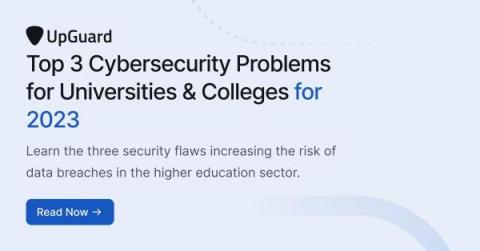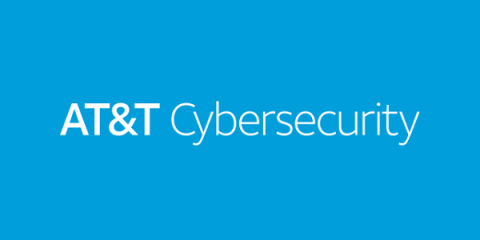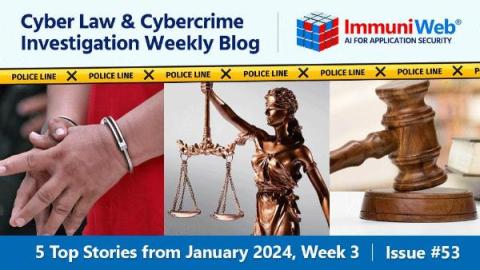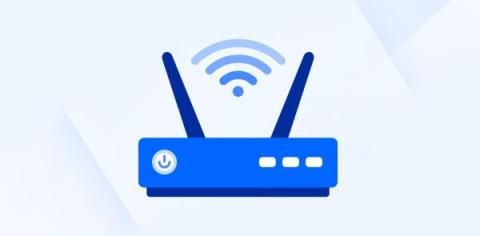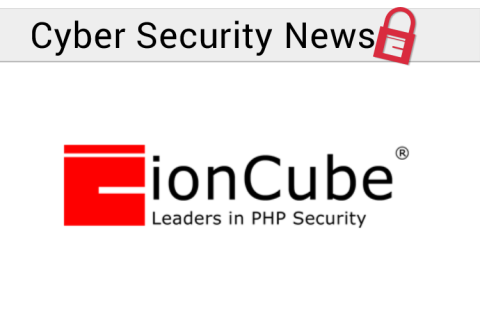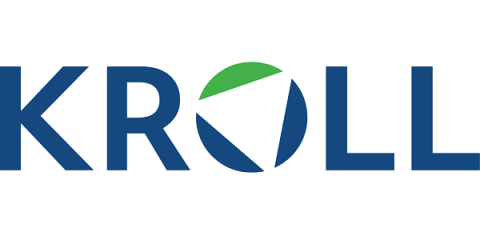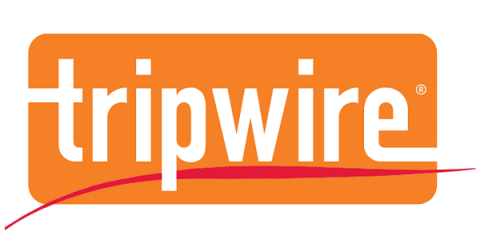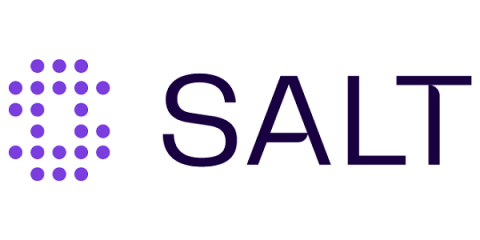Security | Threat Detection | Cyberattacks | DevSecOps | Compliance
Latest News
PCI DSS Requirement 2 - Changes from v3.2.1 to v4.0 Explained
In our last discussion, we explored the evolution of Requirement 1 in the transition from PCI DSS v3.2.1 to v4.0, with a particular emphasis on the move towards ‘network security controls’. As we continue our exploration of the updated PCI DSS v4.0, today’s focus will be on the transformations in Requirement 2.
Four cybersecurity trends you should know for 2024
This is part three of a three-part series written by AT&T Cybersecurity evangelist Theresa Lanowitz. It’s intended to be future-looking, provocative, and encourage discussion. The author wants to assure you that no generative AI was used in any part of this blog.
Leader of Global Cybercrime Gang Wanted in the US, Panama and Spain Detained in France
Read also: Cryptojacker who siphoned nearly $2 million from a major e-commerce entity arrested, “Asia’s best hacker” caught in the Philippines, and more.
The 7 Best Wi-Fi Routers for Speed, Performance, and Security
CTI Roundup: AsyncRAT, PikaBot Malware, and MS SQL Servers Under Attack
AsyncRAT appears in a new campaign, Water Curupira distributes PikaBot loader malware, and Turkish hackers exploit global MS SQL servers.
Weekly Cyber Security News 18/01/2024
A selection of this week’s more interesting vulnerability disclosures and cyber security news. A bit of a pain for some of you I imagine…
Open the DARKGATE - Brute Forcing DARKGATE Encodings
DARKGATE is Windows-based malware that is sold on the dark web. DARKGATE is a fully functional backdoor that can steal browser information, drop additional payloads, and steal keystrokes. Kroll previously noted DARKGATE’s distribution via Teams. When the DARKGATE payload runs on a victim system, it creates a randomly named folder within C:\ProgramData that contains encoded files. Within the randomly named folder is a short configuration file and the output of keystrokes logged on the system.


